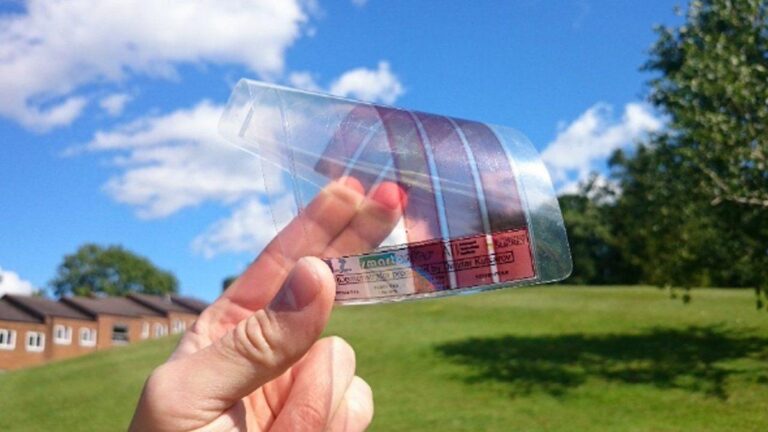GRAPHENE : Will be the energy source in future
Graphene, a single layer of carbon atoms arranged in a hexagonal lattice, holds immense potential in the field of energy due to its unique properties. Here are several ways in which graphene is being explored for energy-related applications:
-
Energy Storage: Graphene’s high surface area and electrical conductivity make it an ideal candidate for energy storage devices. It has shown promise in improving the performance of batteries and supercapacitors. Graphene-based materials can enhance energy density, charge-discharge rates, and overall longevity of energy storage systems.
-
Battery Technology: Graphene can be used in both lithium-ion batteries and emerging technologies like solid-state batteries. It has the potential to increase the capacity and charging speed of batteries while reducing their weight. This could lead to longer-lasting and more efficient energy storage solutions for various applications, from consumer electronics to electric vehicles.
-
Supercapacitors: Graphene-based supercapacitors offer high power density and rapid charge-discharge cycles. This makes them suitable for applications where quick bursts of energy are needed, such as in regenerative braking systems in vehicles or in renewable energy storage.
-
Fuel Cells: Graphene-based materials have been explored in fuel cell technology. They can serve as catalysts or support structures, improving the efficiency and durability of fuel cells, which convert chemical energy into electrical energy through electrochemical reactions.
-
Solar Cells: Graphene’s high electrical conductivity and transparency make it a valuable component in solar cell technology. It can be used as a transparent electrode or as a component in perovskite solar cells, potentially increasing the efficiency and durability of solar panels.
-
Thermal Management: Graphene’s exceptional thermal conductivity is advantageous in applications where efficient heat dissipation is crucial. It can be incorporated into electronics, power systems, and energy storage devices to improve thermal management and prevent overheating.
-
Hydrogen Storage: Graphene-based materials have shown promise in hydrogen storage for fuel cell applications. They can potentially enhance the storage capacity and efficiency of hydrogen as a clean energy carrier.
-
Energy Harvesting: Graphene’s ability to convert mechanical vibrations and thermal gradients into electrical energy is being explored for energy harvesting applications. This could lead to self-powered sensors and wearable electronics.
-
Water Desalination and Purification: Graphene-based membranes have shown potential in water filtration and desalination processes. They allow for efficient removal of impurities and salt from water, addressing critical global challenges in clean water access.
-
Nanogenerators: Graphene-based nanogenerators can harness ambient mechanical energy, converting it into electrical energy. This technology has potential applications in powering small electronic devices and sensors without the need for external power sources.
Overall, graphene’s remarkable properties are driving significant research and development efforts to harness its potential in various energy-related applications. While some challenges remain, ongoing advancements in graphene technology hold promise for revolutionizing how we generate, store, and utilize energy in the future.





